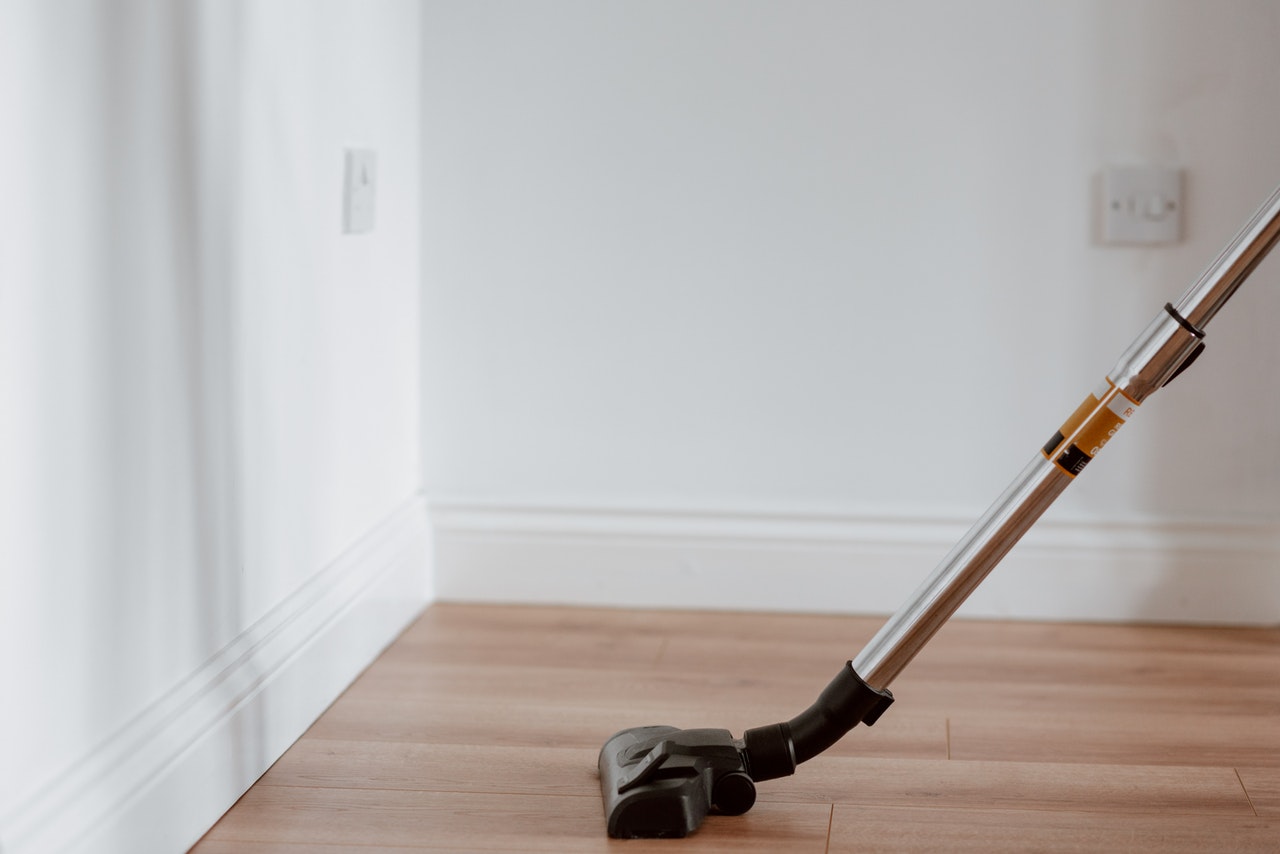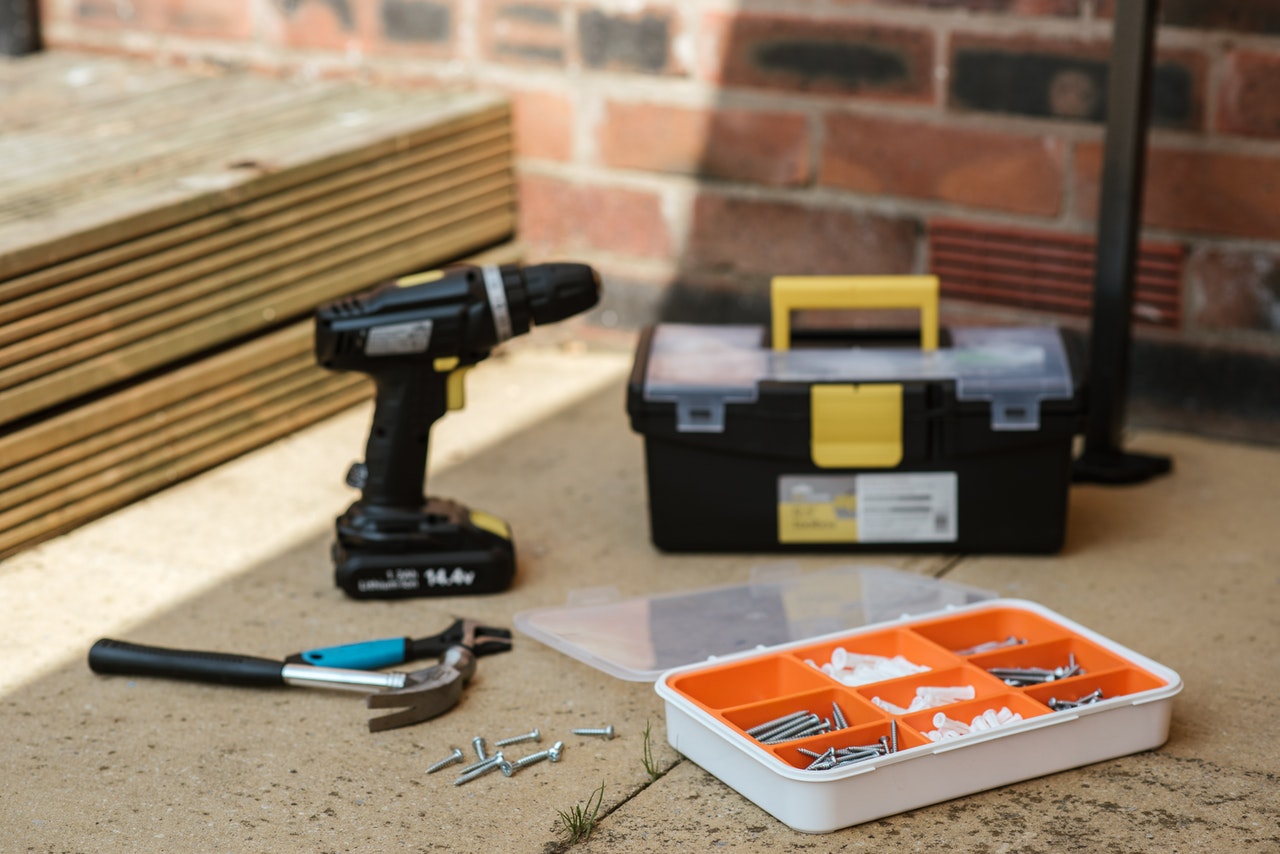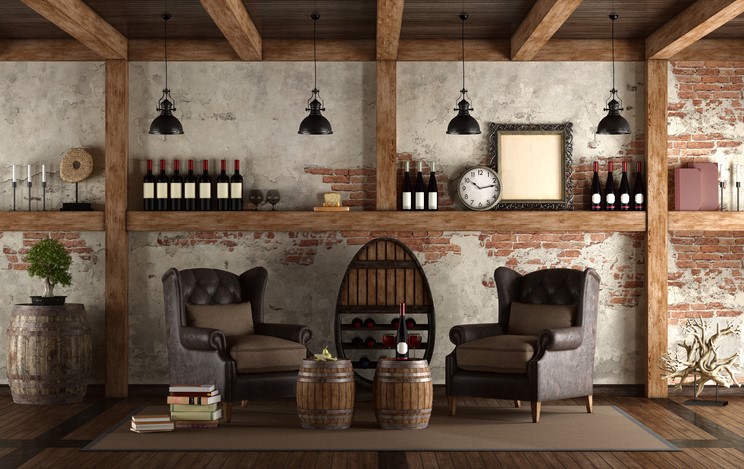Squeaky floors can annoy (that one spot that is always noisy), be a nuisance (like when squeaky footprints wake up the baby), or terrify (mainly in scary movies). The reality is that a noisy floor indicates wood rubbing against another piece of wood or a nail and is easy to fix. Changes in temperatures, aging floors, or unseasoned wood can all contribute to the noise.
Choose the Right Type of Floor

Different types of floors and flooring material will be quieter than others, and it also depends on the subfloor you use, the installation method, and where you install them. Before you decide which floors are best for your home, it’s crucial to choose suitable flooring material so you can enjoy a quiet space without those annoying squeaks.
Carpet: When it comes to quiet flooring, carpeting is a prime choice. This material uses foam padding or underlayment to add another cushion layer when you walk on the floors. Not only is carpet inherently quiet, but it’s a good choice if you’re installing new floors on a second level or in an attic that’s converted to a living space.
Vinyl floor: Many new vinyl flooring styles include a soft sound-blocking underlay that adds insulation, making these affordable floors a quiet choice. Not only are vinyl floors fairly squeak-free, but they’re also budget-friendly, easy to maintain, and come in an endless array of finishes and styles to suit your home.
Hardwood floor: If you’re looking for a beautiful floor that adds a distinctive look, hardwood flooring is a great option. It’s important to note that hardwood can be pretty squeaky if there is a loose board or if the subfloor is uneven. Proper installation is key to having quiet hardwood floors. As the humidity levels or temperatures rise and fall, the wood may expand and contract, making them somewhat squeaky until they become conditioned to the new environment.
Ceramic floor or porcelain floor: Both ceramic and porcelain tiles are beautiful for an interior or exterior space. These durable tiles are beautiful to look at and easy to wipe clean, but proper installation can be the difference between enjoying loud or quiet floors. If your ceramic tile comes loose, it will start to make a clanging or “crunchy” sound that indicates the tile needs to be re-secured to the subfloor. While most ceramic and porcelain floors are reasonably quiet in terms of being squeaky, you will hear the sound of pets and hard-sole shoes as they walk across them.
Cork floor: With a beautiful look and high durability, cork floors are a popular option for many homes. This flooring material is cushiony and soft underfoot, and it’s one of the quietest options if quiet is a concern. You can find cork flooring in planks or tiles, and the material is relatively easy to install. In terms of longevity and low maintenance, cork is one of the best options to use for home interiors.
Proper Cleaning

No matter what types of floors you choose, it’s crucial to ensure that they’re clean and properly maintained to protect your investment. Here are some helpful floor maintenance tips to ensure you get the most out of your new floors.
Hardwood floors must be cleaned regularly with a microfiber mop. Removing dust and dirt is the best way to prevent the protective finish of your hardwood floors since grime can scratch the surface. While most hardwood floors are easy to clean, they require re-sealing every year or two to keep them looking shiny and new. You can use a mixture of water and white vinegar to clean them weekly, or you may use products specifically designed for hardwood to prevent damage.
Carpeting should be vacuumed as often as possible to keep the floors clean. If you spill something on your carpet, try to blot it using a dry cloth or paper towel as soon as possible. Removing stains from carpet can be challenging, so it’s best to catch spills as soon as they occur to keep stains from forming. Regular vacuuming is the best way to keep this flooring clean and well-maintained.
Vinyl is extremely easy to clean, and you can use a mixture of one gallon of hot water and one cup of apple cider vinegar to break up stubborn dirt and grime. Use a soft mop or vacuum cleaner to get rid of dust and other debris weekly. If you encounter stubborn stains, make a paste with baking soda and water and gently scrub it away with a soft nylon-bristle brush.
Tile floors should be cleaned using a household cleaner made specifically for your type of tile. You can also use a mixture of mild detergent and warm water to wipe porcelain and ceramic tile flooring clean. Since this type of floor requires grout, you’ll also need to keep it clean using a unique grout cleaning solution and brush. A grout sealer can protect the grout lines and extend the life of your tile while also saving them in place to prevent squeaking.
To keep your cork floors clean, always use a mild detergent specially formulated for wood or cork material. Use mats or area rugs throughout your home to protect the floors from damage. Be sure to sweep or vacuum cork floors often, as dirt and grime can scratch the surface of the flooring material. Never use abrasive cleaners or stiff-bristled brushes to clean cork floors. Instead, use a soft microfiber head mop or cloth to wipe the dirt and dust away gently.
How to Fix a Squeaky Floor

Even the most durable flooring may need repairs over time. Before you call a flooring contractor for help, learn how to repair a floor DIY with these helpful tips.
To fix a squeaky floor from underneath, use a thin wood shim covered in the carpenter’s glue and gently tap it between the joist and subfloor. This will help fill in the gap between materials underneath your floors to keep things securely in place. You can also drive a 1 ¼-inch drywall screw through the joist and shim at an angle to add even more support.
A product called the Squeak-Ender is a handy way to silence those annoying squeaky floors. You can find this product online, and it’s an affordable way to stop squeaks. Simply screw the mounting plate to the underside of your floor with the included screws directly under the squeaky spot. Slide the bracket over the threaded rod and hook it to the joist, then tighten it with a nut until the subfloor is taught against the joist. There are other methods to use this product, depending on the type of floors you have.
Most squeaky floors are caused by the subfloor separating from the floor joists underneath. As the nails slide in and out of the joists, it creates that signature squeaking sound. You can remedy the problem by attaching a piece of scrap wood to the joist until it forms a snug fit. The extra wood supports the subfloor and keeps it from moving down to the joist for a quick and easy fix.
It’s possible to fix a squeaky floor from above, but keep in mind that it could damage the finish or show obvious repair signs in some areas. Look for the location of the squeak in your hardwood floors, then drive a long finish nail into the floor so it goes directly into the joist. You can also drive two nails into the floor at opposite 45-degree angles to keep the floor securely attached to the subfloor if wood planks are coming loose. Fill any holes with wood filler, then sand and polish them to give your floors a smooth, finished look.
In some cases, the occasional squeaky floor is unavoidable. As your home settles or the humidity levels change, you may notice a bit of squeaking. Always make sure that your flooring contractor installs your new floors on a level subfloor and that they use the proper fasteners to keep the material securely attached to the joists and subfloor.
If your floors are old, or if the squeaks continue, be sure to call a flooring contractor. This professional can fully assess the condition of your floors and will have the necessary tools to inspect above and below. They can also make recommendations for adding additional joists or making repairs.




